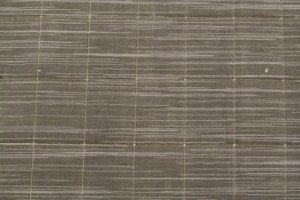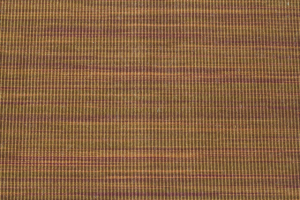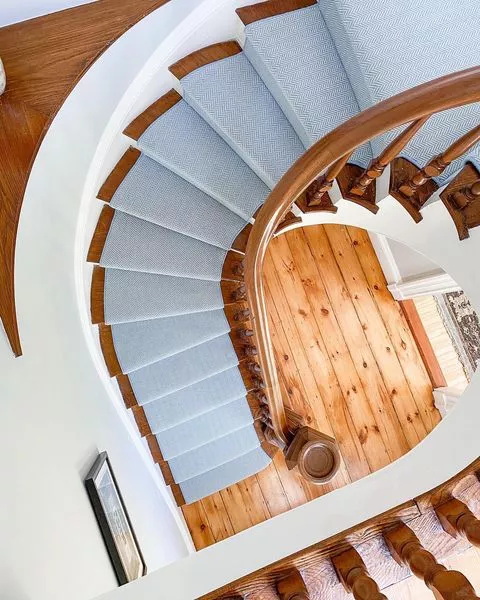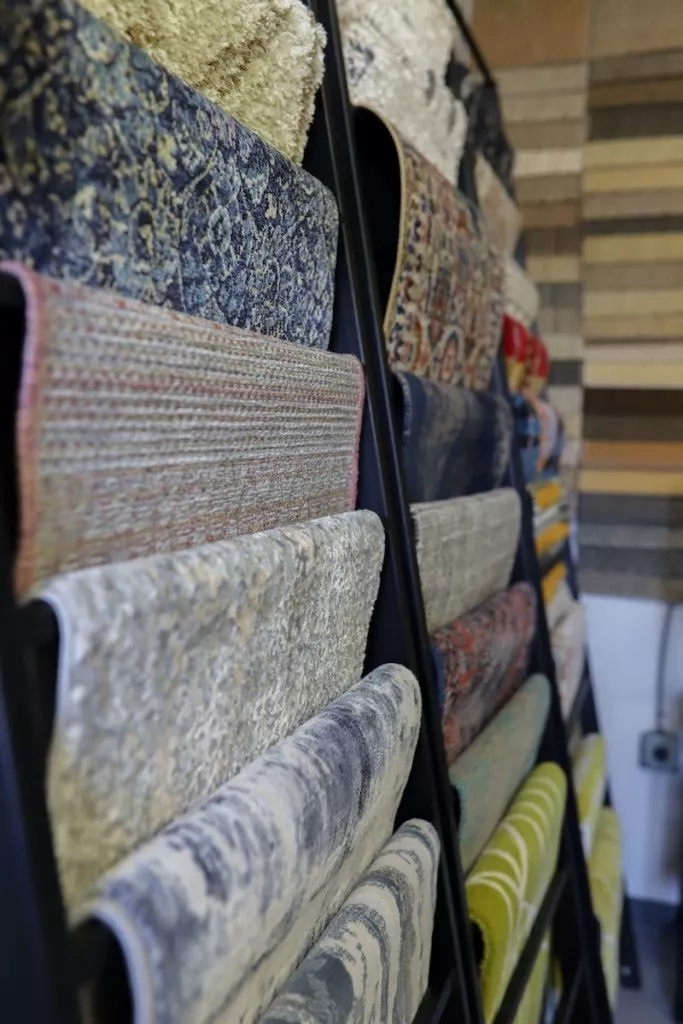What is the best kind of material used for carpeting?
This is probably the most commonly asked question I have encountered since joining the carpet industry. The answer is wool, but I have blogged about that wool carpeting extensively in the past. Today I want to talk about the different kinds of synthetic carpet fibers. Nylon, polypropylene, olefin, and polyester are the most commonly used pile fibers used in carpet manufacturing, however if you include subcategories and blends the lost becomes overwhelming. I will try to keep it simple and elaborate in future blog entries.
The most durable, easiest to clean, and most sustainable synthetic is nylon. It is also the most expensive. It is utilized in 65% of the carpeting manufactured in the U.S. because of its durable fiber and excellent performance characteristics. Its strengths include good resiliency, good yarn memory to hold twist, good carpet cleaning efficacy, good stain resistance with stain treatment applied, good soil hiding ability, and good abrasion resistance. It is the strongest synthetic fiber, making it an excellent choice for high traffic areas. The one negative to nylon is that it is prone to static and is often treated in order to reduce static levels. Nylon is used in many blends with other synthetic materials because it retains color the best. Other than wool, there is no doubt that nylon is best to use in your home.
The fastest growing synthetic carpet in terms of popularity is polypropylene, otherwise known as olefin. It is a relatively inexpensive fiber, which is easily extruded by most carpet manufacturers. There are very few, true branded olefins available other than those brands registered by carpet manufacturers. Olefin makes up about 30 % of the fiber used in U.S. carpet manufacturing today. Its strengths include superior stain resistance, with the exception of oil-based stains, and low cost. It is a solution-dyed product, which means color is added during extrusion in its molten state rather than topically applied. (Imagine a carrot vs. a radish). Because of this dye method it has superior resistance to bleaches and sunlight fading. However it has poor resiliency, which can lead to crushing. Color selection is limited due to its dye method. It has poor abrasion resistance and its low melt point can cause fibers to fuse if furniture or other objects are dragged across its surface. Olefins clean very well and most staining is non-existent. Olefin was originally favored for outdoor carpeting and basements due to its resistance to moisture, mildew, water damage, staining, pilling, shedding and static for lower cost than nylon.
Polyester fiber produces some of the most beautiful colorations available. It also is extremely fade resistant and provides excellent resistance to stains. However, like olefin, it does have poor resilient properties and thus is susceptible to crushing. Polyester fabrics are generally sold in heavy face weights with high-density construction. Avoid high pile heights with low-density construction. These products tend to flatten and “ugly” out. Also look for high twist levels rather than “blown” yarns. Loose twists (blown yarn) tend to untwist and the yarn tips tend to fuse together creating a matted appearance. While it’s not as durable as nylon, it’s quite durable and resists wear. Polyester offers a wide selection of textures and colors. It is non-allergenic, sheds moisture and resists moths and mildew at a lower cost than wool or nylon. While it’s susceptible to pilling, shedding and oil-based stains, it otherwise cleans fairly easily and is enhanced by stain treatments. Some polyester fibers are recycled from plastic soda bottles, so if environmental concerns are a major issue for you, ask for polyester fibers that have been reclaimed from post-consumer use products.
Every fiber has its own characteristic (we give each fiber characteristic) and no one single fiber has everything. Regardless of which fiber you choose, the construction of the carpet is what makes carpet durable. For durable, heavy traffic carpet you want to look for a dense construction (you don’t want to be able to easily see, or feel the backing of the carpet through the fiber). Shorter pile heights perform better in heavy traffic areas (like entry ways, stairs, halls, playrooms) so choosing a pile height with a ½ of an inch or less will be more durable. If choosing a cut pile carpet, a tighter twist will be more durable than a looser twist. If choosing a Berber carpet, the smaller tighter loops will be more durable than the larger looser loop.
Here are two of our most recent synthetic carpet remnants we just received!




